More on the most famous kitties in film noir …
The Cat in “The Postman Always Rings Twice” 1946
Name: Sasha Pirster
Character Name: Curiosity
Bio: “I like cats, they’re always up to something,” says the motorcycle cop as he looks admiringly at a full-figured kitty climbing a ladder in “The Postman Always Rings Twice.” Directed by Tay Garnett and based on the famous novel by James M. Cain, “Postman” is a seminal film noir.
Sadly for Curiosity (Sasha Pirster), platinum blondes with nice legs are also always up to something. The blonde in this case is Cora (Lana Turner) who plots with her lover Frank (John Garfield) to kill her husband Nick (Cecil Kellaway). Curiosity is on screen only long enough to be noticed by the cop and make Frank nervous before she meets a rather brutal end.
The lovers’ first attempt to do away with Nick is staging an accidental drowning in a bathtub. But when the power fails, their plan is foiled and poor Curiosity, who happened to be an innocent bystander, is electrocuted. “I never saw a prettier cat,” says the cop. “It killed her deader’n’ a doornail.” This strange omen does not deter the killers in the least and they proceed to Plan No. 2.
Despite her character’s grim fate, feline actress Sasha Pirster was a joy to work with. Known for her wry one-liners and practical jokes (she was fond of offering cash rewards for mittens), Sasha was popular with both cast and crew.
In fact, Lana Turner was between husbands during the filming of this movie and the two actresses frequently went out on the town; their drink of choice was kahlua and cream. It was on one of these outings that Sasha met the love of her life, a wealthy fish merchant (well, ok, he was a fat cat) named Felix Kurllup, whom she married in 1947.
Sasha said goodbye to acting and became a homemaker; the couple had 13 children. After raising the kittens, she launched a popular line of turbans inspired by Turner’s elegant toppers in “Postman.”
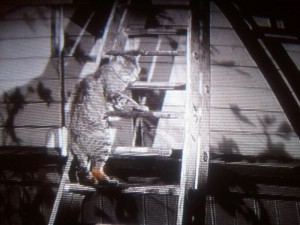
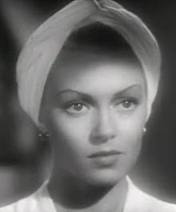







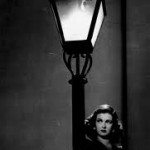
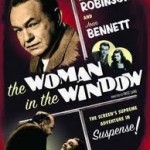
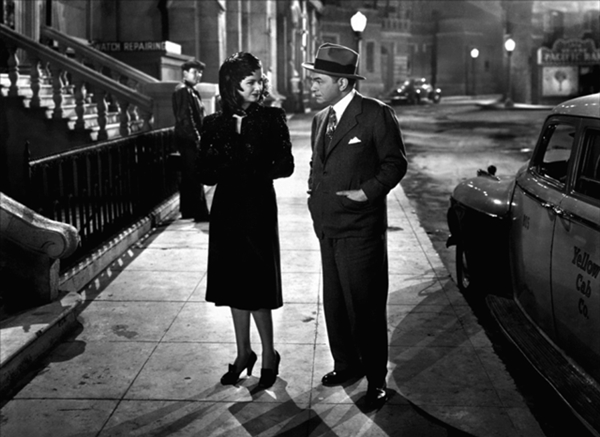
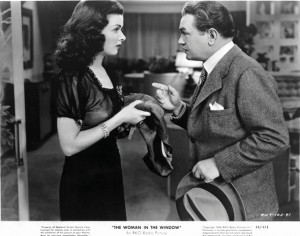
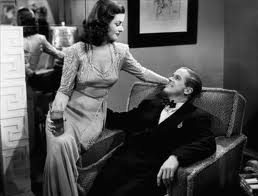

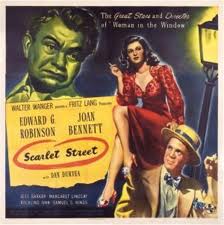
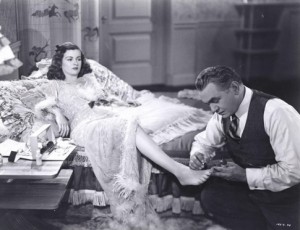
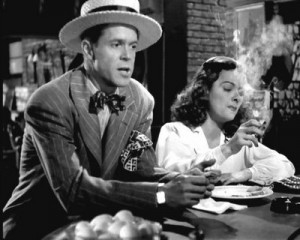
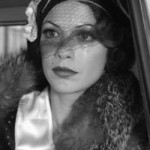
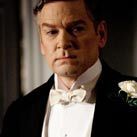
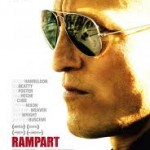

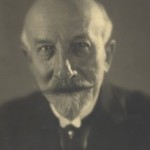
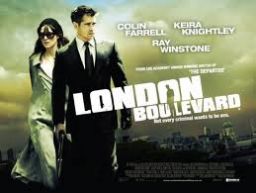





From FNB readers